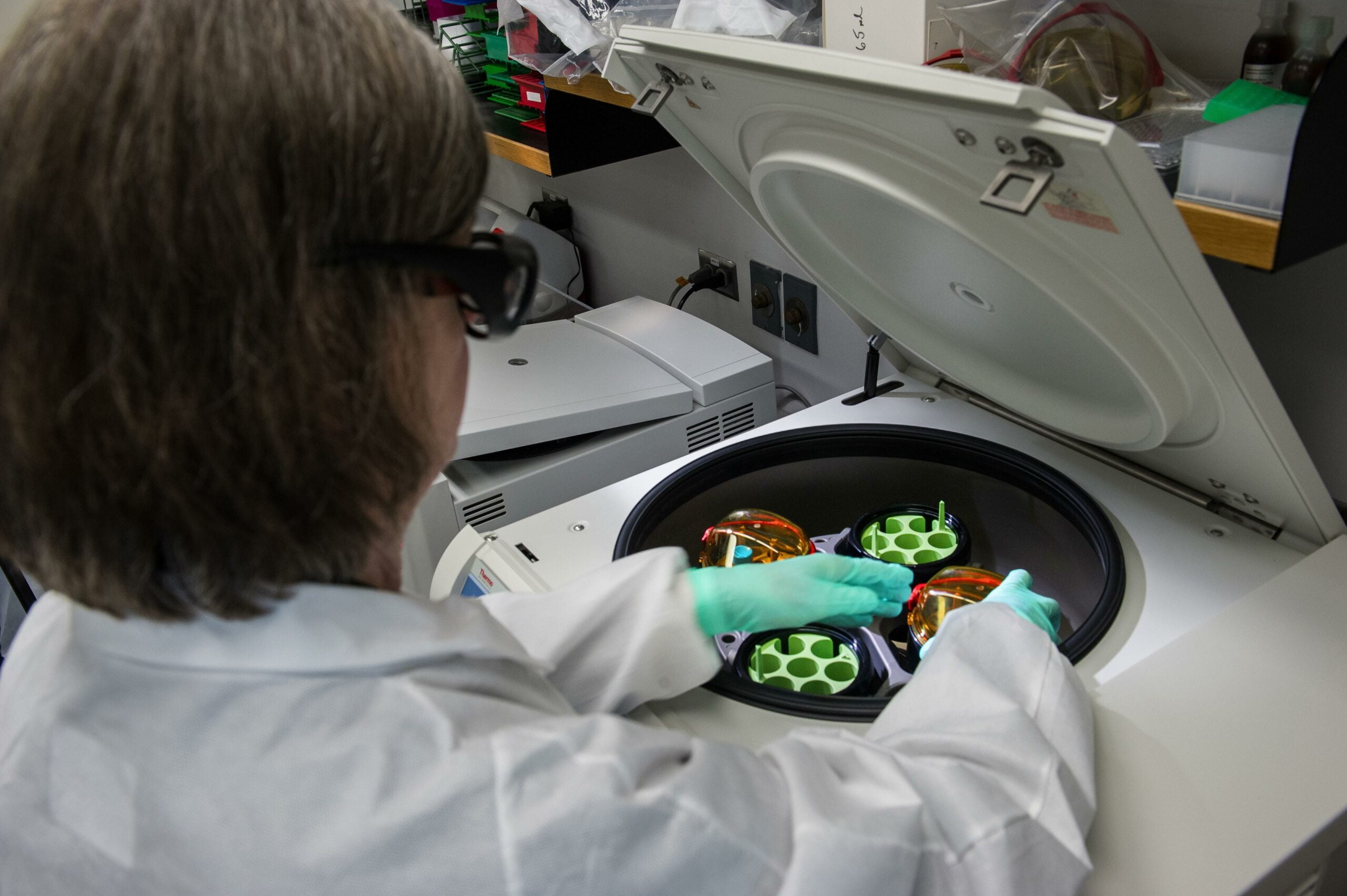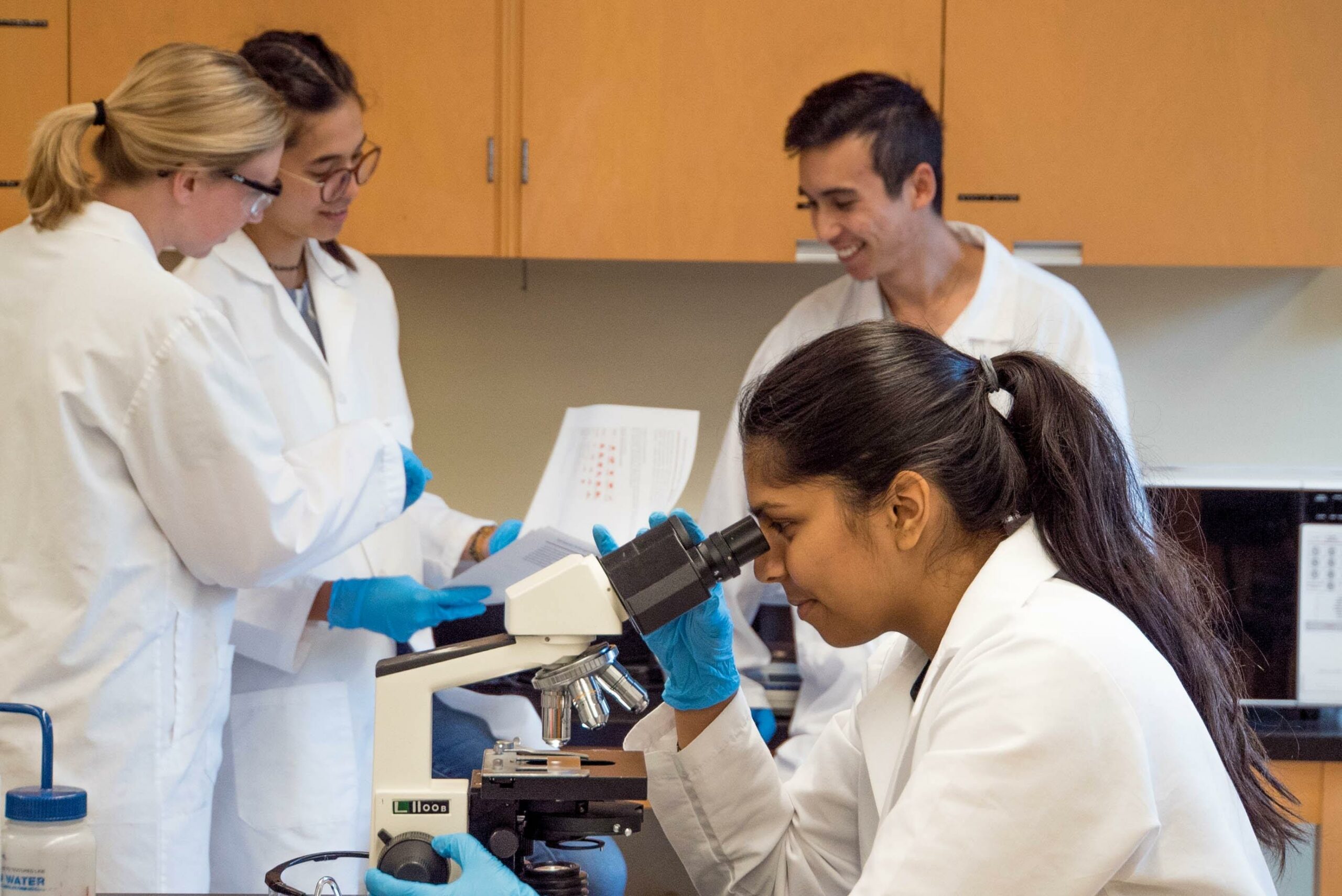Imagine a world where the invisible becomes visible, where the tiniest of structures are revealed in all their intricate glory. Welcome to the realm of microscopy, a powerful tool that has revolutionized scientific investigations and propelled our understanding of the universe to new heights. As a seasoned research scientist with a deep appreciation for the wonders of microscopy, I am excited to delve into the pivotal role it plays in empowering groundbreaking discoveries across various scientific fields. In this article, we will embark on a journey to unravel the extraordinary impact of microscopes on research and the immense potential they hold in pushing the boundaries of scientific knowledge.

Importance of Microscope in Research
Microscopy is not just a tool; it is a portal to a world of wonders that would otherwise remain hidden to our eyes. As a seasoned research scientist, I can attest to the critical role microscopes play in driving groundbreaking discoveries and advancements across scientific disciplines. In this article, we will delve into the immense importance of microscopes in research, shining a light on their instrumental role in visualizing and studying the intricate structures that underpin life itself.
Microscopy is a universal language that transcends scientific boundaries, allowing us to peer into the tiniest building blocks of existence. Whether we seek to unravel the secrets of cellular biology, explore the depths of the cosmos, or discover new realms hidden beneath the Earth’s surface, microscopic investigation is our compass in these uncharted territories.
The tremendous impact of microscopes in biomedical research cannot be overstated. These astonishing instruments have enabled us to unlock the secrets of life itself, by revealing the hidden intricacies of cell structure and function. With the aid of microscopes, scientists have made groundbreaking discoveries, such as the existence of microorganisms, the discovery of cells and their organelles, and the exploration of the smallest parts of plants, animals, and fungi.
Microscopes empower scientists with the ability to visualize and study cells and organisms that are invisible to the naked eye. By magnifying these minute entities, microscopes unveil a world of marvels that would otherwise remain hidden from our view. As we observe the exquisite details of cellular structures, we gain invaluable insights into how life operates at its most fundamental level.
In the world of microscopes, there is no one-size-fits-all approach. Researchers across diverse fields rely on a variety of microscopy techniques to answer their specific questions. From optical microscopy, which uses visible light to illuminate samples and help us discern their features, to the awe-inspiring electron microscopy, which harnesses the power of electrons to achieve unprecedented levels of detail, each technique has its own strengths and applications.
The journey of microscopic exploration begins with optical microscopy. This technique allows us to visualize living cells and observe their behavior in real-time. With the advent of confocal and fluorescence microscopes, we can even study the dynamic interactions between molecules within cells, shedding light on complex biological processes. Through these advancements, we can now see into the inner workings of life, witnessing cellular events unfold before our eyes.
However, the microscope realm doesn’t end there. Electron microscopy, with its unparalleled resolution, takes us to even greater depths. By harnessing beams of electrons, scientists have pushed the limits of observation to study the ultrafine structures of cells, tissues, and materials. Both scanning electron microscopy (SEM) and transmission electron microscopy (TEM) offer unique perspectives, allowing us to explore the intricate world of nanoscale architecture.
While these advanced microscopes seem out of reach for many undergraduate researchers, the impact of their discoveries filters down to all areas of scientific inquiry. Every breakthrough in microscopy technology, whether achieved through government-funded initiatives or by independent research institutes, opens up new frontiers of exploration and equips future generations with the tools to unravel even greater scientific marvels.
In conclusion, microscopes serve as the gateway to scientific wonders, strengthening our understanding of the microscopic world that underlies all living beings. With microscopes, we venture into realms unseen, unlocking the secrets of cells, organisms, and beyond. By embracing the power of magnification and illumination, we empower ourselves to make profound discoveries, paving the way for advancements in science, medicine, and the betterment of humankind as a whole.
“Through the lens of a microscope, the invisible becomes visible, and the complexity of life becomes awe-inspiring.”
Microscopes are incredible tools that allow us to see the world in a whole new way. They have countless uses in various fields, from biology and medicine to materials science and electronics. The Uses Of Microscope are truly limitless! If you are curious to discover more about the fascinating applications of microscopes, click here to explore in-depth information and articles on this topic.
FAQ
Q: What is the importance of microscopes in scientific research?
A: Microscopes are essential tools in scientific research as they allow scientists to visualize and study the structure and function of cells. They enable scientists to observe and analyze cellular structures at different scales, leading to meaningful conclusions and groundbreaking discoveries.
Q: How have optical and electron microscopy techniques impacted biomedical research?
A: Optical and electron microscopy techniques have had a tremendous impact on biomedical research across various fields. These advanced microscopy tools have contributed to the discovery of microorganisms, the study of cell structure, and the observation of the smallest parts of plants, animals, and fungi. They have allowed scientists to study the intricate details of organisms and unravel new dimensions in science.
Q: In what ways do different research areas rely on microscopy?
A: Different research areas rely on microscopy in diverse ways. In biomedical research, microscopy is crucial for visualizing and understanding the structure and function of cells. It is also widely used in other scientific disciplines such as material science, nanotechnology, and environmental science. Microscopy plays a vital role in driving advancements and discoveries across various research areas.
Q: What factors contribute to advancements in microscope technology?
A: Advancements in microscope technology are contributed to by government-funded initiatives and independent research institutes. These entities invest in research and development to improve microscope capabilities, enhance imaging techniques, and introduce new microscopy tools. The continuous progress in microscope technology enables scientists to explore the microscopic world with higher resolution and accuracy.
Q: Are advanced research microscopes easily accessible to undergraduates?
A: More sophisticated research microscopes, such as confocal or fluorescence light microscopes and scanning or transmission electron microscopes, may be more difficult to make available to undergraduates. They require specialized training and maintenance. However, universities and research institutions strive to provide access to basic microscopy techniques and instruments to undergraduate students, enabling them to gain hands-on experience and develop their scientific skills.












